12 Ancient Bridges You Can Still Walk Across
Bridges are more than just structures; they are symbols of human ingenuity and connection. Many ancient bridges, built centuries ago, still serve as vital links for communities around the world today. From the Roman aqueducts in Italy to the stone arch bridges of Greece, these remarkable feats of engineering continue to stand the test of time. Despite the advancements in modern infrastructure, these historic bridges remain functional, connecting people and cultures across generations.
This post may contain affiliate links, which helps keep this content free. Please read our disclosure for more info.
Caravan Bridge, Turkey (850 BC)
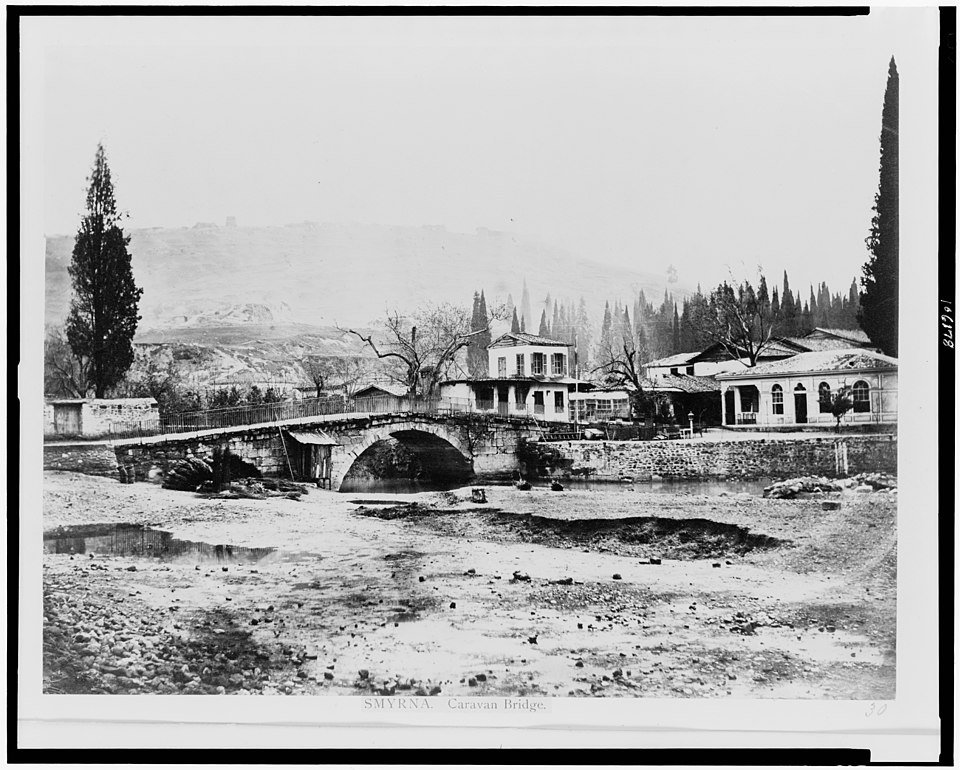
The Caravan Bridge in Turkey, built around 850 BC, is one of the oldest surviving stone bridges still in use today. Located in the region of Sivas, it was originally constructed to facilitate the passage of traders, soldiers, and travelers along the ancient trade routes that connected Asia Minor with the rest of the ancient world. The bridge’s design is simple, consisting of large, well-placed stone blocks, but its structure has withstood millennia of wear and tear. This reflects the advanced construction methods employed by the ancient Anatolians, who used local materials and innovative techniques to ensure the bridge’s durability. Its continued use today by pedestrians and vehicles serves as a testament to the lasting strength of early engineering, as well as the enduring significance of ancient infrastructure.
The Caravan Bridge was a critical part of the trade network that passed through the region during antiquity. It allowed people to cross the Divriği River, easing transportation and trade across the Anatolian plateau. The bridge’s ability to carry loads for over 2,800 years demonstrates the ingenuity of its creators. While many ancient structures have crumbled or been replaced by modern infrastructure, the Caravan Bridge remains an enduring symbol of the ancient world’s engineering prowess, still serving as a functional piece of history in the modern age.
Arkadiko Bridge, Greece (1300–1190 BCE)
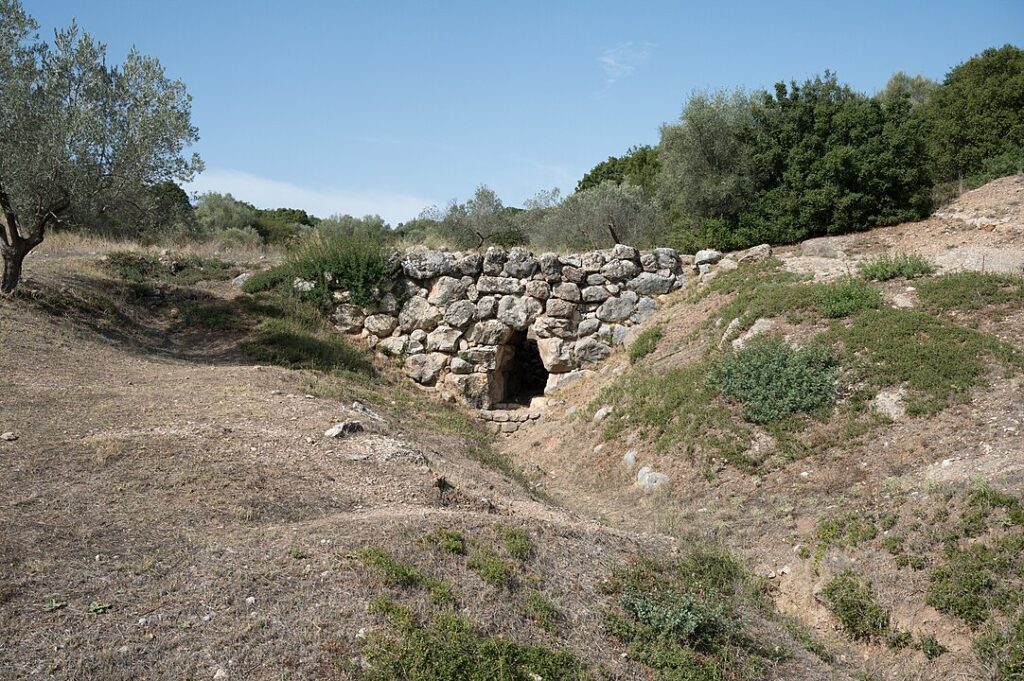
The Arkadiko Bridge in Greece is an exceptional example of Mycenaean architecture, dating back to approximately 1300–1190 BCE. This bridge is considered one of the oldest and best-preserved examples of its kind, built to carry traffic across a narrow passageway in the Peloponnese. Unlike many bridges of its time, the Arkadiko Bridge uses a true arch structure, a significant engineering achievement that allowed for a more stable and durable bridge. Constructed from large stone blocks without mortar, it stands as a testament to the Mycenaean civilization’s advanced understanding of architecture and engineering. The bridge was part of a network of infrastructure designed to facilitate the movement of people, goods, and military forces throughout the region, playing an important role in the ancient Greek world.
Today, the Arkadiko Bridge continues to serve its original function, albeit in a more limited capacity. It is no longer a major route for travelers, but it remains an important historical landmark and a reminder of the engineering skills of the Mycenaean people. The fact that the bridge is still standing after over three thousand years is a remarkable testament to its robust construction and the timeless appeal of its design. Its preservation offers insight into the ancient Greek approach to bridge building and the lasting influence of their techniques on subsequent generations.
Pons Fabricius, Italy (62 BCE)
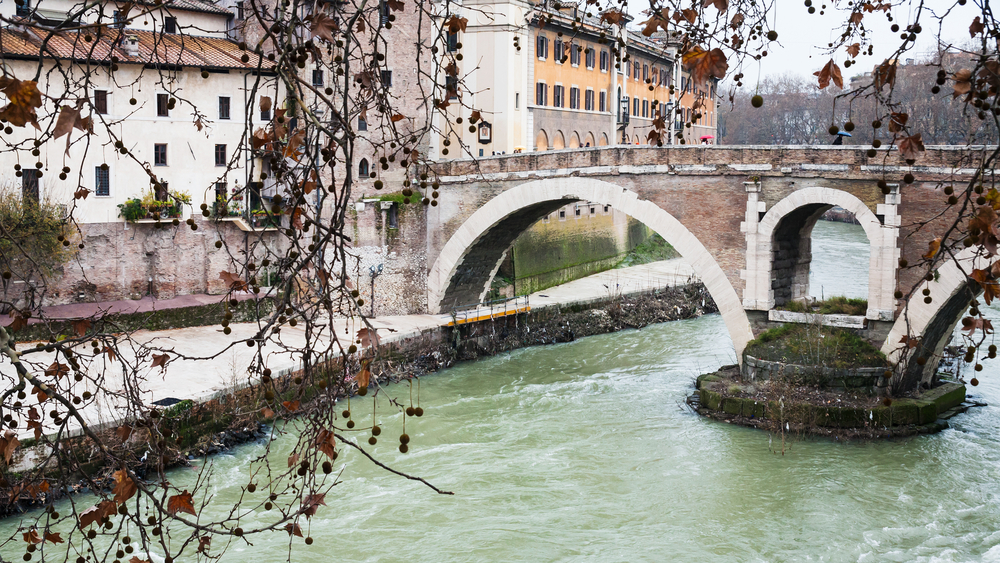
The Pons Fabricius, completed in 62 BCE, is the oldest Roman bridge still in use today. Spanning the Tiber River in the heart of Rome, the bridge was built during the Roman Republic by the consul Fabricius, and it continues to connect the historic center of Rome with the Trastevere district. The bridge’s construction reflects the advanced Roman engineering techniques that utilized a mix of stone, concrete, and mortar, allowing it to withstand centuries of use and environmental wear. Notably, the Pons Fabricius is a fine example of Roman ingenuity in designing bridges that could support not only pedestrian traffic but also carts and military vehicles, facilitating the movement of people and goods throughout the expanding Roman Empire.
Today, the Pons Fabricius is not just a functioning bridge; it is a vital historical structure that has witnessed Rome’s transformation over the centuries. The bridge’s simplicity, with its robust arch and relatively small span, exemplifies the Roman commitment to practicality in engineering. Over the years, the bridge has survived numerous floods, natural disasters, and the passage of time, showing how Roman constructions were built to last. Its survival also highlights the Romans’ exceptional ability to plan for both the immediate needs of the empire and the future endurance of their structures, with many Roman bridges continuing to serve modern traffic today.
Zhaozhou Bridge, China (Sui Dynasty)
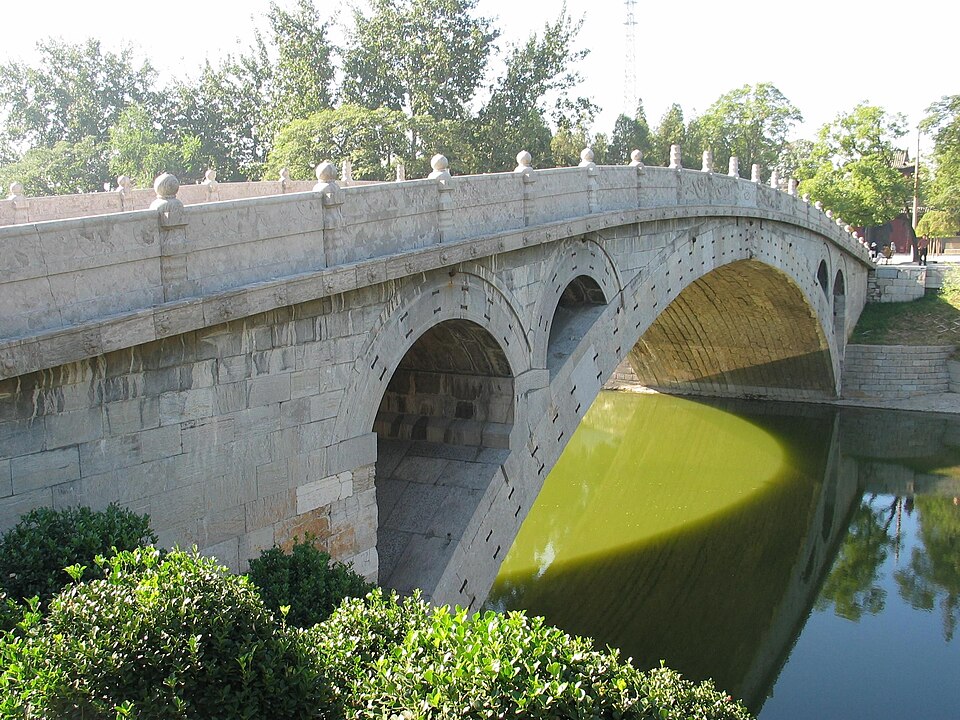
The Zhaozhou Bridge, also known as the Anji Bridge, is located in Hebei Province and was completed during the Sui Dynasty around 605 AD. It is widely regarded as the world’s oldest open-spandrel stone arch bridge, and its design was revolutionary for its time. The bridge features a single large arch that spans 37.4 meters, supported by small piers, allowing for a wide and open passage for boats and pedestrians. The bridge’s unique design was an advancement in engineering and has influenced bridge construction in China and beyond for centuries. Its strength lies not only in the materials used but also in the innovative design that maximizes stability while minimizing material usage. The Zhaozhou Bridge was essential for trade and transport during the Sui and Tang Dynasties, helping connect various regions of China and facilitating the movement of people and goods.
Even after over 1,400 years, the Zhaozhou Bridge continues to stand as a functional structure. It has undergone minor repairs but remains largely intact, showcasing the durability of its construction. The bridge’s longevity is a direct reflection of the ancient Chinese engineers’ understanding of load distribution and their ability to adapt their techniques to the specific challenges of the environment. Today, the Zhaozhou Bridge is not only a working bridge but also a symbol of China’s long-standing tradition of architectural innovation, attracting tourists and scholars alike who admire its historical and engineering significance.
Severan Bridge, Turkey (Caravan Bridge)
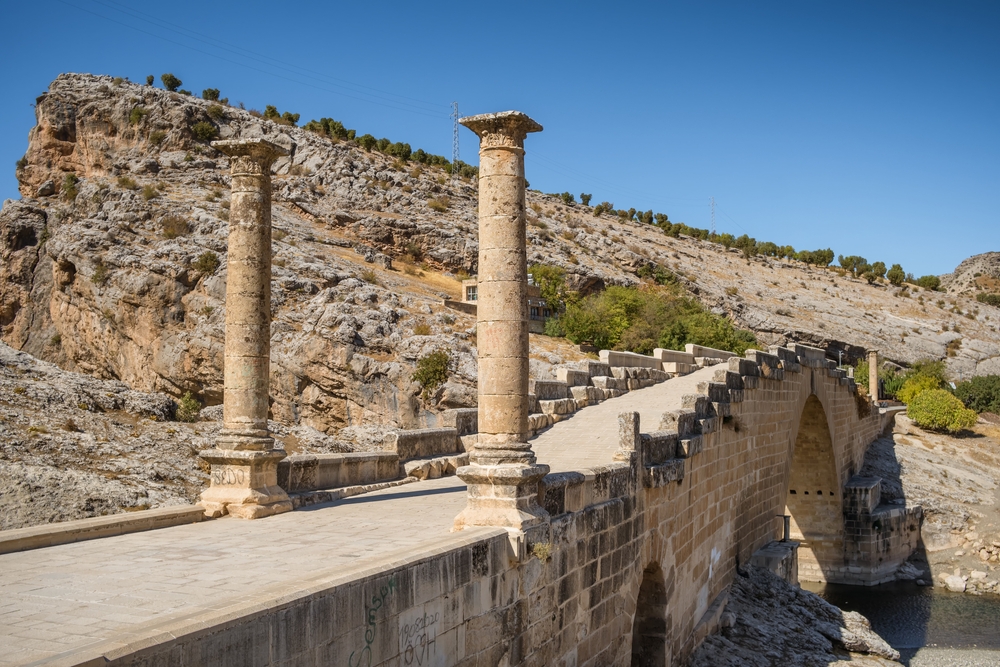
The Severan Bridge, located in the Turkish province of Adiyaman, is a Roman-era bridge built around 200 AD. Spanning the Cendere River, it was constructed by the Roman Emperor Septimius Severus to facilitate easier access to the Roman military and civilian settlements in the area. The Severan Bridge is known for its remarkable preservation, with its original stonework largely intact. The bridge is an example of Roman engineering at its finest, featuring a large, single arch that allows for heavy traffic to pass safely. The Severan Bridge was a crucial component of the Roman military infrastructure, enabling rapid movement across difficult terrain by Roman forces.
Today, the Severan Bridge remains a testament to the engineering and construction techniques of the Roman Empire. It continues to stand as a vital connection for the local community, offering a glimpse into the past while serving modern needs. The bridge’s enduring presence, standing strong for over 1,800 years, showcases the lasting impact of Roman engineering, and it remains a popular site for both historical study and tourism. Its stability and the clarity of its design make it one of the most impressive Roman structures still in use today.
Pont du Gard, France (1st Century AD)
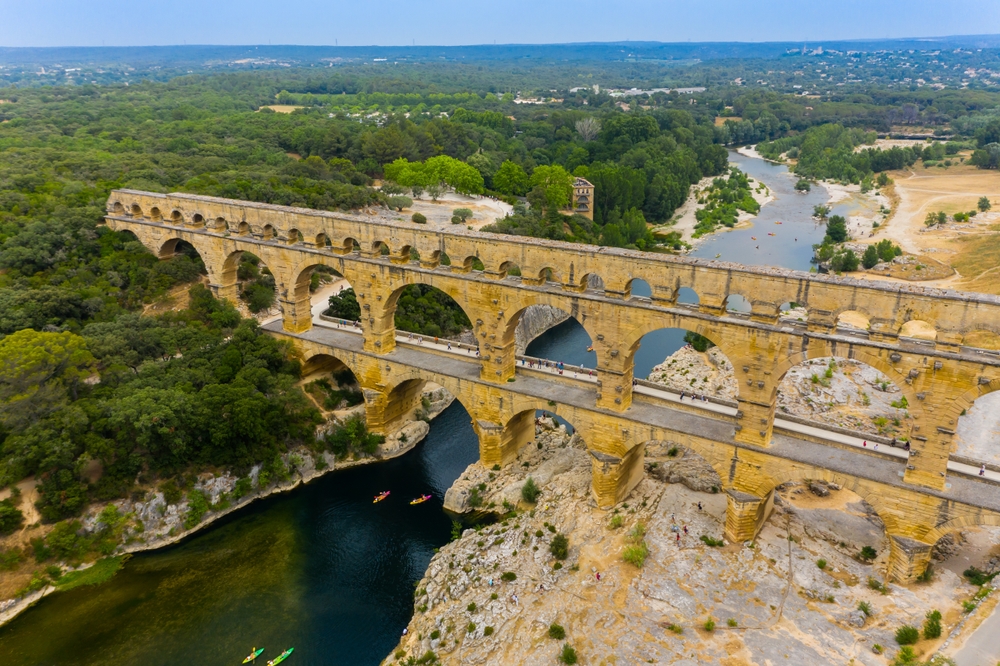
The Pont du Gard, located in southern France, is a stunning Roman aqueduct bridge built during the reign of Emperor Augustus in the 1st century AD. It was originally constructed to carry water to the Roman colony of Nîmes, but its design and scale have made it one of the most iconic Roman engineering marvels. The bridge spans the Gardon River and is made up of three levels of arches, each one carefully designed to support the weight of the structure. Standing nearly 50 meters tall, the Pont du Gard was an impressive feat of Roman engineering, allowing water to flow through a series of channels across difficult terrain.
Today, the Pont du Gard is not only a UNESCO World Heritage Site but also a functioning historical landmark. It draws visitors from all over the world, both for its architectural beauty and its historical significance. Though no longer serving its original purpose of carrying water, the Pont du Gard remains a vital piece of infrastructure, regularly used by pedestrians and tourists alike, and it continues to demonstrate the ingenuity of Roman builders.
Pons Aemilius (The “Stone Bridge”), Italy (2nd Century BC)
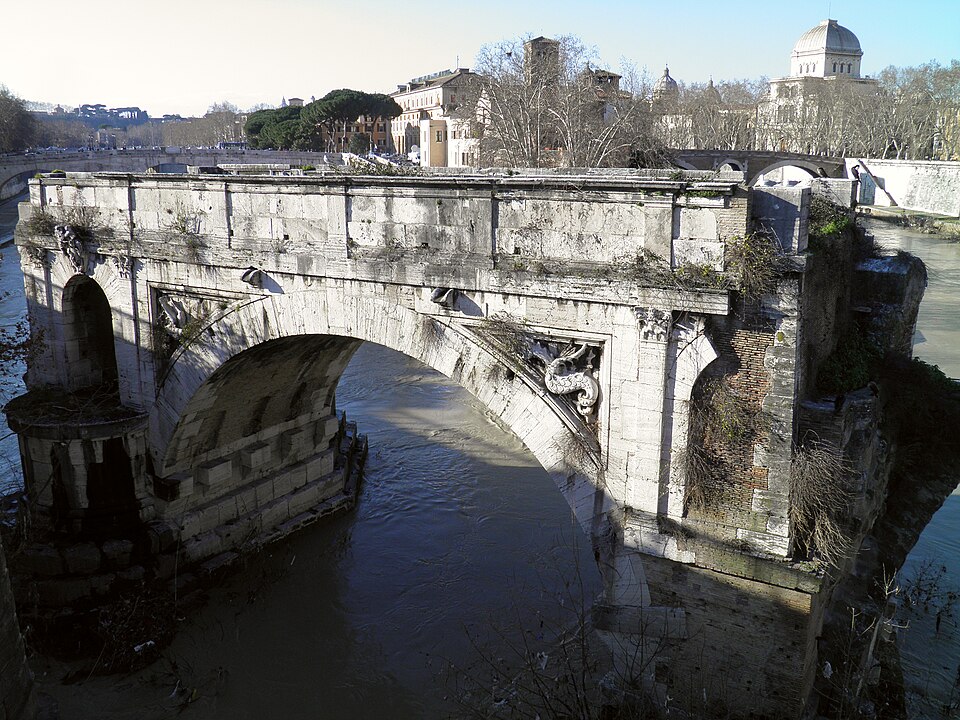
The Pons Aemilius, also known as the “Stone Bridge,” was constructed in the 2nd century BC in Rome, Italy. As the first permanent stone bridge built across the Tiber River, it marked a significant advancement in Roman civil engineering. The Pons Aemilius originally connected the Trastevere district to the rest of the city, and its arch design allowed it to carry heavy traffic across the river. The bridge was later rebuilt and restored multiple times throughout history, but still retains much of its original structure. Despite suffering damage from floods and the passage of time, the bridge’s remains continue to stand today as a reminder of Roman ingenuity.
Although not in full use as it once was, the Pons Aemilius’ ruins still stand in the heart of Rome and serve as a monument to the city’s ancient infrastructure. Its history reflects the evolution of bridge-building techniques during the Republic and Empire periods. The bridge’s enduring presence highlights the Roman dedication to constructing structures that could stand the test of time, serving both practical and symbolic functions in the city’s development.
The Old Bridge, Mostar, Bosnia and Herzegovina (1566)
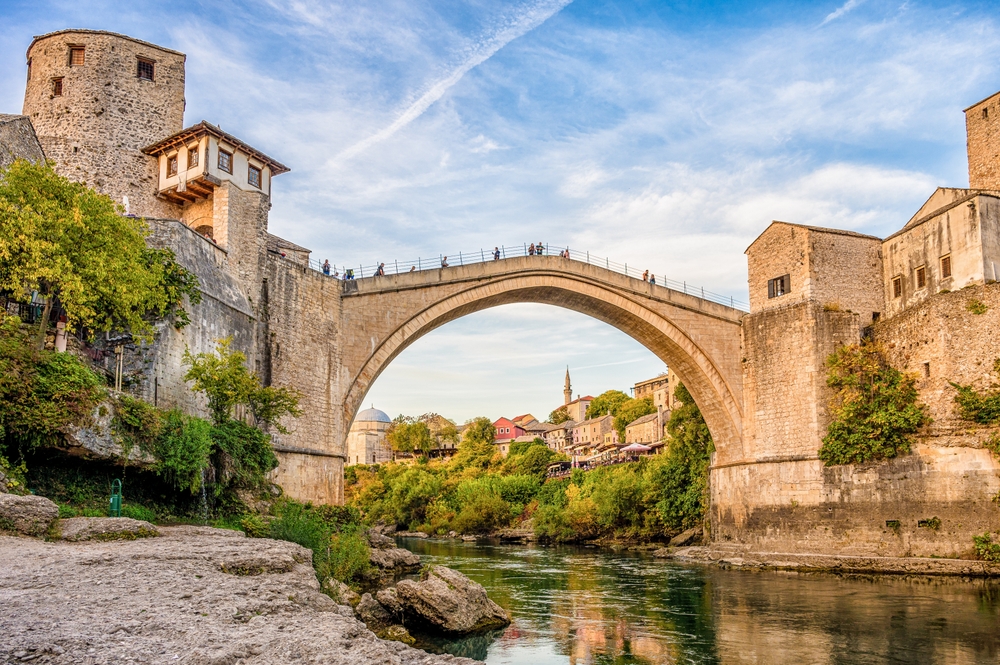
The Old Bridge (Stari Most) in Mostar, Bosnia and Herzegovina, was completed in 1566 during the Ottoman Empire’s rule over the region. Made of limestone and constructed using traditional Ottoman techniques, it spans the Neretva River and is a true architectural and engineering wonder. The bridge’s elegant arch, which spans 29 meters, is an example of Islamic bridge-building techniques that perfectly blend form and function. It was a key link between the two halves of Mostar, helping to unite the communities on either side of the river. The Old Bridge was destroyed in 1993 during the Croatian War of Independence, but was later rebuilt in 2004, using many of the original materials.
Today, the Old Bridge is not only a symbol of Mostar’s rich history but also a vital piece of infrastructure, connecting both the old and new parts of the city. Its restoration has made it a symbol of resilience and the reconstruction of the region after conflict. The bridge continues to draw thousands of visitors annually, fascinated by its blend of historical and modern engineering, while still carrying pedestrians across the river just as it has done for centuries.
Rialto Bridge, Venice, Italy (1591)
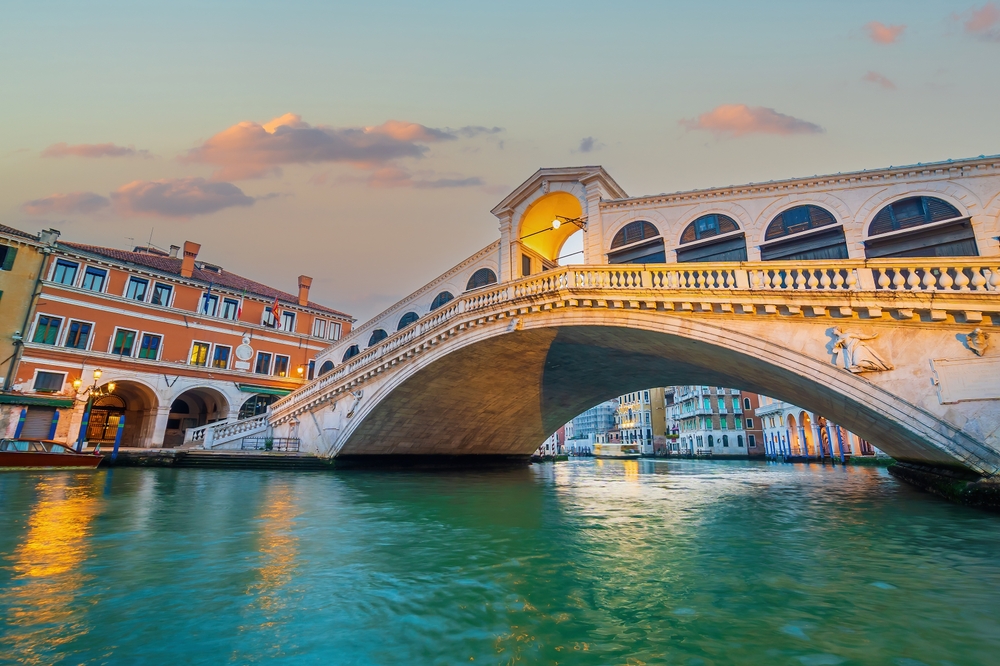
The Rialto Bridge, completed in 1591, is one of the most iconic landmarks in Venice, Italy. Spanning the Grand Canal, the bridge was initially designed by Antonio da Ponte and has since become a symbol of the city’s architectural beauty. It is built from stone and features a single, wide arch that provides access between the districts of San Marco and San Polo. The Rialto Bridge has served as a major crossing point for Venetians and tourists alike for centuries, connecting the bustling markets and shops on either side of the Grand Canal.
Though the Rialto Bridge has undergone several repairs over the years, its original structure remains intact and functional. It continues to support pedestrian traffic, contributing to the daily flow of Venice’s vibrant life. The bridge remains a crucial part of the city’s infrastructure while simultaneously serving as one of its most photographed and celebrated landmarks.
London Bridge, England (1209)
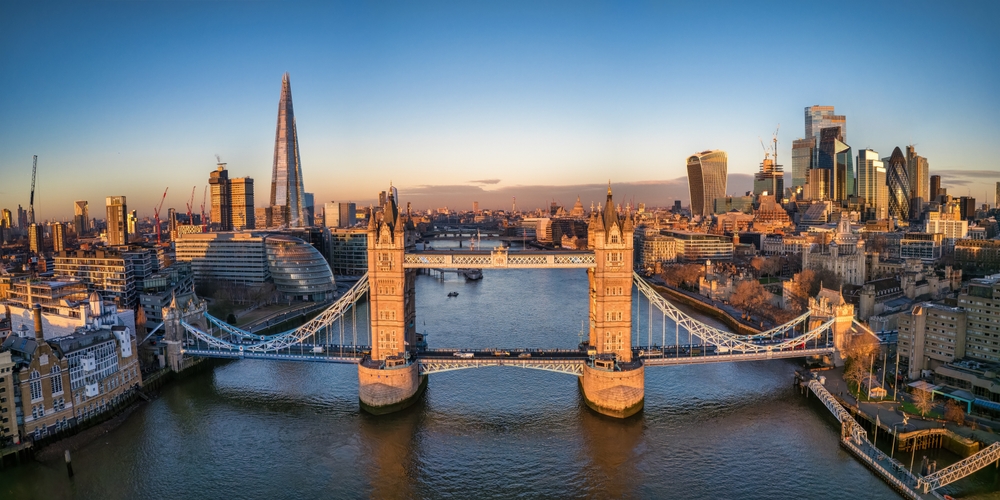
The original London Bridge, dating back to 1209, was an essential crossing over the River Thames for centuries. It was built by the Normans after the conquest of England, and the bridge underwent various reconstructions over the years. The medieval London Bridge was famous for being lined with houses and shops, making it one of the most unique bridges in the world at the time. It played an important role in the trade and movement of people throughout medieval London, and its presence ensured the city’s growth and prosperity.
While the medieval bridge was demolished in 1831, its legacy lives on with the modern London Bridge, which still carries thousands of vehicles and pedestrians across the Thames today. The new bridge, built in the 19th century, is a vital part of the city’s transportation infrastructure and honors the enduring spirit of the original bridge. Despite the changes, London Bridge’s legacy as a critical crossing point remains unbroken.
The Ponte Vecchio, Florence, Italy (1345)
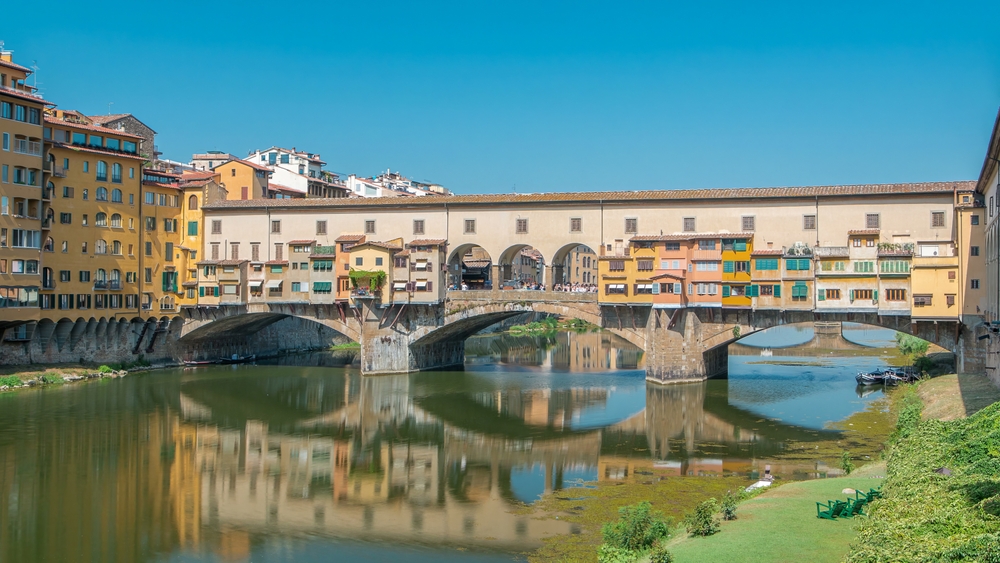
The Ponte Vecchio, or “Old Bridge,” in Florence, Italy, was completed in 1345 and remains one of the most famous bridges in the world. Originally built to replace previous wooden structures, it spans the Arno River and is known for the row of shops built along its span. During the Renaissance, the bridge became a hub for goldsmiths and merchants, a role it continues to fulfill today, although it is more of a tourist attraction now. The bridge’s unique design features three arches, which were built to allow river traffic to pass underneath while also providing a solid foundation for the buildings above.
The Ponte Vecchio remains a functional bridge, still used by pedestrians as a primary route between the city’s districts. The bridge’s enduring use, combined with its iconic architecture, has made it a symbol of Florence’s rich history and culture. Its survival for nearly 700 years is a testament to the craftsmanship and engineering skills of its creators, as well as its importance to the city’s commercial and cultural development.
The Charles Bridge, Prague, Czech Republic (1402)

The Charles Bridge in Prague is one of the most famous bridges in Europe, completed in 1402 under the reign of Emperor Charles IV. This Gothic-style bridge spans the Vltava River and connects the Old Town with the Prague Castle. Its construction was a major feat of engineering for its time, involving the use of sandstone and careful planning to ensure its strength. The Charles Bridge was once the main route for traders and travelers moving through Prague, and it remains a key connection in the city today, although it is primarily used by pedestrians and tourists.
Despite suffering damage over the years due to floods, wars, and weathering, the Charles Bridge has been remarkably well-preserved. It is a vital part of Prague’s history and continues to serve as a symbolic link between the two parts of the city. With its striking statues and unique design, it draws millions of visitors each year, continuing to be a major draw for those wanting to experience the city’s medieval past.
This article originally appeared on Avocadu.
